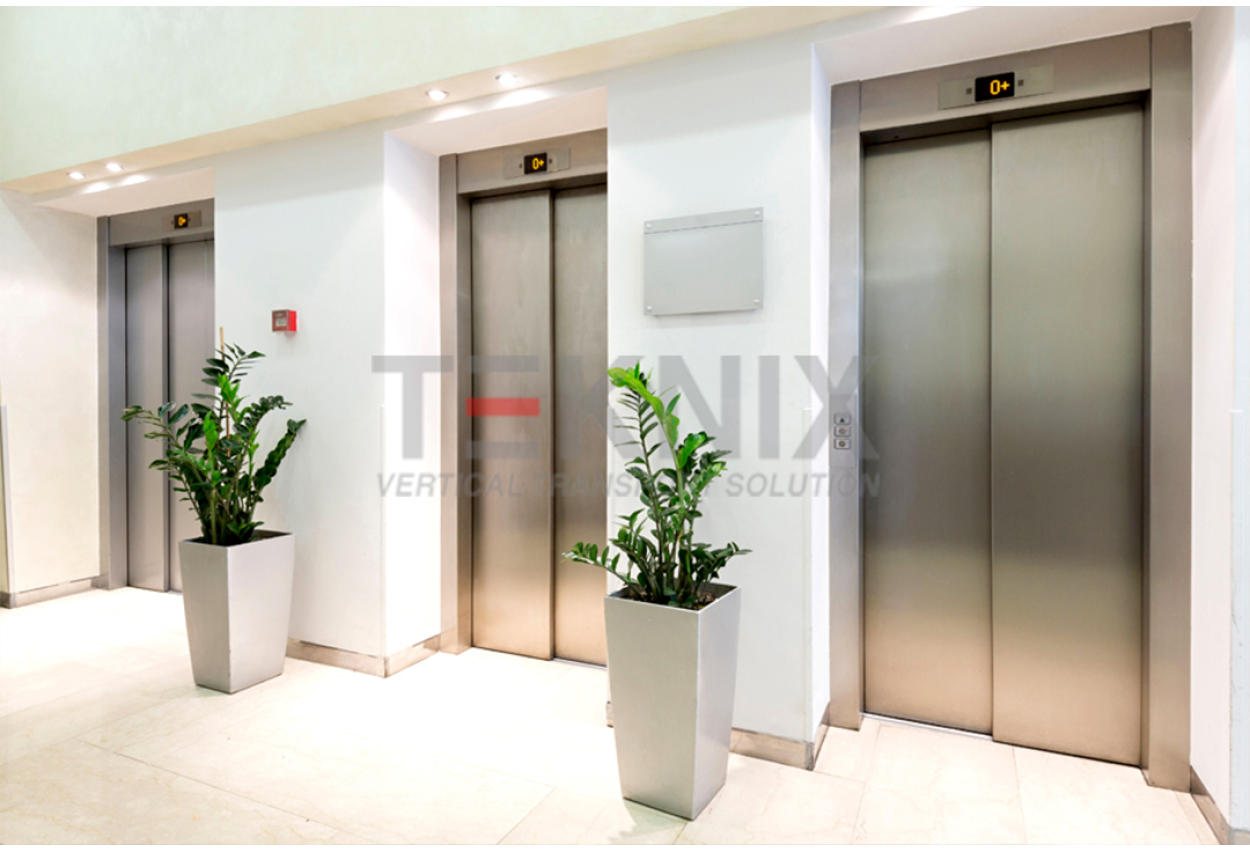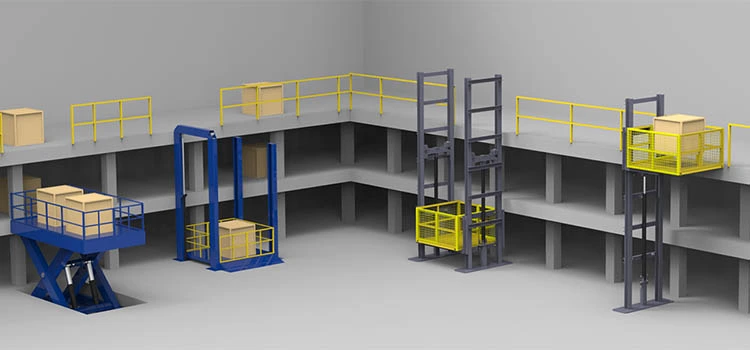Contrast Disabled Platform Lifts Prices UK: Affordable Options for each Requirement
Contrast Disabled Platform Lifts Prices UK: Affordable Options for each Requirement
Blog Article
Exploring the Globe of Elevators: Typical Problems Encountered by Different Lift Systems
As we browse via the upright transportation systems of contemporary structures, elevators stick out as an important element of our every day lives. However, behind their smooth operation lies a world of elaborate mechanisms that can occasionally come across challenges. From hydraulic elevators to grip systems and machine-room-less layouts, each lift type features its collection of usual issues. Understanding these difficulties is vital for making sure the smooth performance of these crucial systems. Let's discover the intricacies that underlie the operation of elevators and the possible issues that can arise, clarifying the elaborate internet of lift devices.
Hydraulic Lifts
Hydraulic elevators, typically favored for low-rise structures, use fluid stress to regulate the motion of the elevator auto (lift repair companies). This device entails a hydraulic pump pushing oil right into a cylinder, causing the elevator to relocate the desired direction. While hydraulic elevators are known for their silent and smooth operation, they do come with their own collection of common concerns
One prevalent issue with hydraulic elevators is oil leakage. In addition, issues with the control system, such as faulty valves or a malfunctioning pump, can cause disruptions in the elevator's motion.
Normal upkeep and timely repairs are vital to make sure the smooth performance of hydraulic elevators. By dealing with these typical issues proactively, structure proprietors can decrease downtime and ensure the safety and effectiveness of their upright transport system.
Grip Elevators
When thinking about vertical transport systems in buildings, another common type besides hydraulic lifts is the grip elevator. Traction elevators operate making use of a system of ropes and counterweights that relocate the elevator car by clutching onto the hoist ropes. This device permits smoother and quicker upright transportation compared to hydraulic systems.
Among the usual problems encountered by traction lifts is rope wear. The continuous motion of the ropes within the traction system can bring about deterioration gradually, potentially causing the elevator to malfunction or become risky for use. Routine evaluations and upkeep of the ropes are important to guarantee the lift's appropriate performance and security.
Another issue that grip lifts might experience is associated with the control system. Troubles with the control system can cause concerns such as erratic activity, hold-ups in reaction times, or also full closures. Regular screening and maintenance of the control system are essential to stop such issues and make sure the lift's reliability.
Machine-Room-Less (MRL) Elevators

One of the key Continue elements of MRL elevators is the compact gearless grip equipment that is installed within the hoistway. This device effectively drives the lift car without the requirement for large equipment discovered in typical grip lifts. Additionally, MRL elevators generally make use of a counterweight system to balance the automobile, additional enhancing their power performance.
In spite of their advantages, MRL lifts might deal with challenges associated to upkeep and fixing as a result of the constrained room for tools installment. Accessibility for servicing elements within the shaft can be restricted, calling for specialized training for technicians. Proper upkeep routines and normal examinations are critical to make certain the ongoing smooth operation of MRL lifts.
Overloading and Weight Restriction Issues
Are elevators furnished to manage excess weight loads successfully and safely? Overwhelming and weight restriction problems are critical concerns in lift operations. Elevator producers layout lifts with specific weight abilities to make certain passenger security and tools long life. Going beyond these weight restrictions can lead to various problems, including mechanical failures, hold-ups, and safety and security hazards.
When elevators are overloaded, it puts excessive strain on the motor, wires, and other components, potentially creating malfunctions or malfunctions. If they identify excess weight, security mechanisms such as sensing units and overload sensing units are in place to protect against lifts from moving. In addition, going beyond weight restrictions can cause enhanced power consumption and wear and tear on the elevator system.
To mitigate straining issues, developing supervisors need to prominently display weight limits in elevators and educate passengers on the relevance of adhering to these constraints - lift repair companies. Regular maintenance checks by qualified specialists can additionally help guarantee that lifts are operating within risk-free weight specifications. By addressing overloading and weight limit concerns proactively, building owners can improve elevator safety and security and performance
Electrical System Failings
Going beyond weight restrictions in lifts can not only bring about mechanical problems but additionally potentially contribute to electrical system failings within the this content lift facilities. Electrical system failings are a crucial problem in elevator procedure, as they can cause unanticipated closures, malfunctions, or perhaps safety and security hazards. One usual electrical concern is the overheating of components because of extreme current flow triggered by overwhelming the elevator beyond its capacity. This can result in damage to the motor, control, or electrical wiring systems, resulting in expensive fixings and downtime.
Normal maintenance and inspections are essential to determine and resolve prospective electric issues without delay, guaranteeing the efficient and safe operation of lift systems. By adhering to weight limits and performing regular electric system checks, building proprietors can reduce the threat of electrical failures in elevators.
Verdict

Hydraulic lifts, usually chosen for low-rise structures, utilize fluid pressure to control the activity of the elevator automobile.When thinking about upright transport systems in buildings, an additional typical type apart from hydraulic elevators is the grip elevator. Traction lifts operate utilizing a system of ropes and counterweights that relocate the elevator vehicle by gripping onto the hoist ropes. Unlike traditional lifts that need a different machine area to house the tools, MRL elevators integrate many of the elements within the shaft, eliminating the demand for a dedicated equipment space.In conclusion, lifts encounter typical issues such as hydraulic breakdowns, grip system failures, and electrical system problems.
Report this page